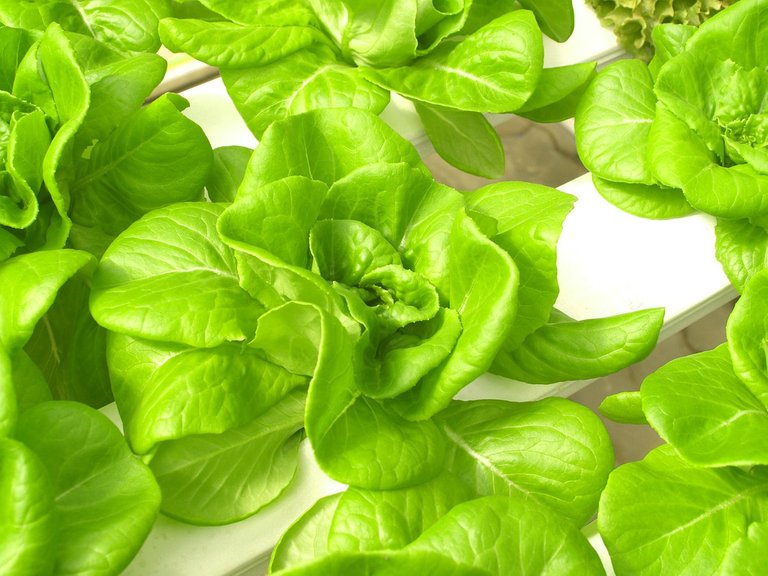[ESP /ING] Nanotecnologia en la agricultura. / Nanotechnology in agriculture.

La ciencia y la tecnología a través de los años han buscado mejorar la calidad de vida de las personas con sus continuos avances, la tecnología está presente en todo lo que nos rodea es por ello que se ha hecho tan importante en nuestro mundo. El mundo agrícola no escapa de ello y siempre se han buscado avances que mejoren la productividad del campo. La nanotecnología ha realizado grandes aportes a este sector con la creación de nano partículas que ayudan a reducir la aplicación de fertilizantes químicos.
Throughout the years, science and technology have sought to improve the quality of life of people with their continuous advances, technology is present in everything that surrounds us, which is why it has become so important in our world. The agricultural world does not escape from this and advances have always been sought to improve the productivity of the field. Nanotechnology has made great contributions to this sector with the creation of nanoparticles that help reduce the application of chemical fertilizers.
La nanotecnología aporta grandes beneficios al sector agrícola desde el punto de vista de fertilización, pues para todos es muy bien sabido que los fertilizantes químicos dañan en gran medidas los suelos, el medio ambiente y son nocivos para la salud de las personas. Los avances que se han suscitado en este tema muestran las grandes capacidades que la nanotecnología puede aportar en este tema con la creación de nano partículas cargadas con nano nutrientes específicos según sea el requerimiento del suelo y la planta.
Nanotechnology brings great benefits to the agricultural sector from the point of view of fertilization, since it is well known that chemical fertilizers cause great damage to soils, the environment and are harmful to people's health. The advances that have been made in this area show the great capabilities that nanotechnology can provide in this area with the creation of nanoparticles loaded with specific nanonutrients according to the requirements of the soil and the plant.
Un estudio realizado en un cultivo de trigo demostró los grandes benéficos que aporta la aplicación de estas nano partículas qua portan los nutrientes necesarios que requieren el suelo y el cultivo, todo esto bajo condiciones controladas. Estas nano partículas están cargadas con huesos naturales que son ricos en fósforo (hidroxiapatit) y a su vez enriquecidas con nitrógeno, este resultado arrojo grandes beneficios al cultivo de trigo pues incremento su rendimiento en granos y a su vez se puedo disminuir hasta en más de 40% la aplicación de fertilizantes químicos.
A study conducted on a wheat crop showed the great benefits of the application of these nanoparticles that carry the necessary nutrients required by the soil and the crop, all under controlled conditions. These nano particles are loaded with natural bones that are rich in phosphorus (hydroxyapatite) and enriched with nitrogen, this result yielded great benefits to the wheat crop as it increased its grain yield and at the same time it was possible to reduce the application of chemical fertilizers by more than 40%.

Todo estos importantes avances que la nanotecnología ofrece al sector agrícola no solo van orientados a mejorar los rendimientos en la producción de alimentos, sino también a la preservación del medio ambiente. Para poder lograr estos objetivos de manera conjunta se requiere que las nano partículas sean liberadas de manera inteligente, es decir, descargan el producto a grandes velocidades y en una localización determinada durante un tiempo y periodo especifico, haciendo que los nano portadores que son estructuras de tamaño manométrico protejan las sustancias activas y de esta forma se puede aplicar la fertilización de manera precisa disminuyendo el impacto en el medio ambiente.
All these important advances that nanotechnology offers to the agricultural sector are not only aimed at improving yields in food production, but also at preserving the environment. In order to achieve these objectives together, it is required that the nanoparticles are released in an intelligent way, that is, they discharge the product at high speeds and in a specific location during a specific time and period, making the nanocarriers, which are manometric size structures, protect the active substances and in this way the fertilization can be applied in a precise way, reducing the impact on the environment.
Ante todo esto podemos concluir, que estos avances tecnológicos con nanotecnología buscan mejorar sustancialmente el rendimiento y producción de alimentos que diariamente el campo produce, además de contribuir a la conservación del medio ambiente y la salud de las personas que consumen estos alimentos..
Given all this we can conclude that these technological advances with nanotechnology seek to substantially improve the yield and production of food that the field produces daily, in addition to contributing to the conservation of the environment and the health of people who consume these foods.


!discovery 10 buen post animate a entrar n nuestro concurso y gana 100MIllones de bolivares solo por mostrar tu talento https://hive.blog/hive-193212/@oscurity/contest-why-do-i-like-discovery-it-concurso-porque-me-gusta-discovery-it
This post was shared and voted inside the discord by the curators team of discovery-it
Join our community! hive-193212
Discovery-it is also a Witness, vote for us here
Delegate to us for passive income. Check our 80% fee-back Program
Greetings professor, interesting topic actually, it's great that they are using better technologies in agriculture which will keep our environment safe, at least for the future years, but I asked myself a question while reading, why it's not widely used as a technology? Is it new or it is expensive and not any government can afford to use it?
Thanks for sharing!